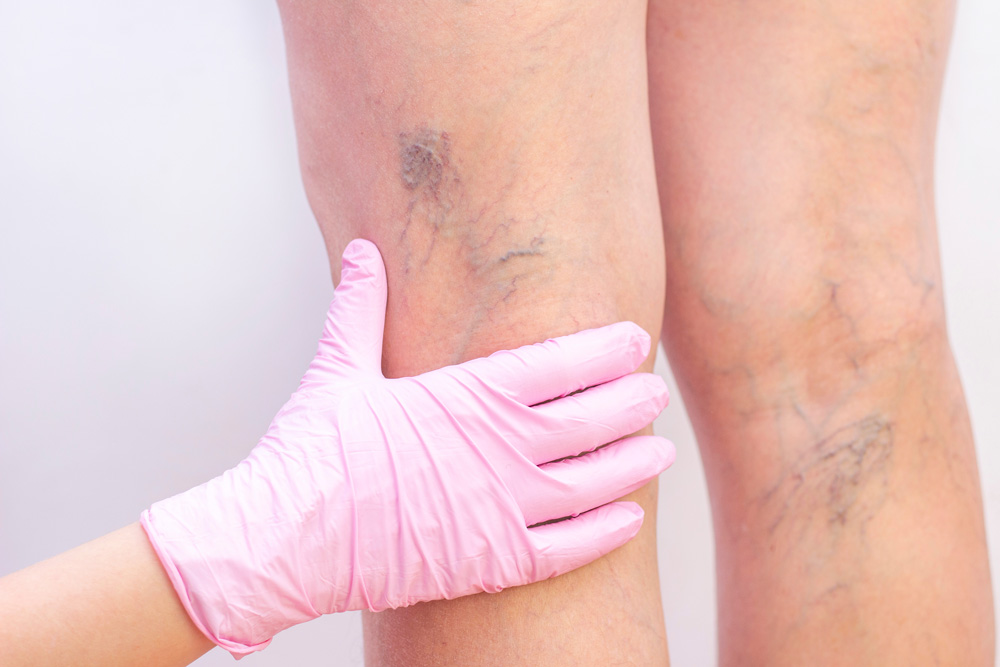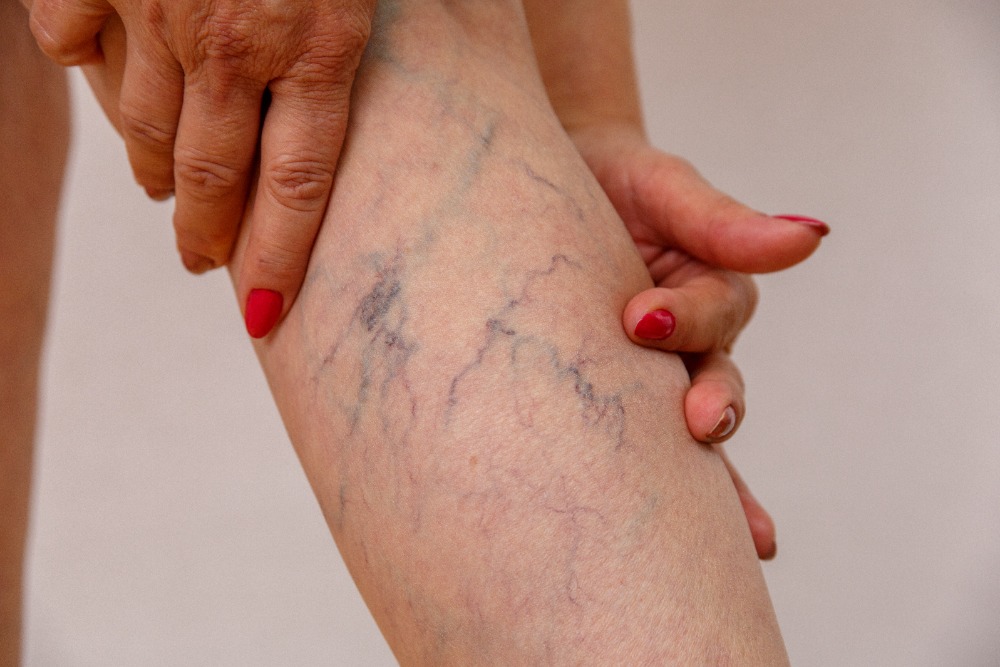Spider Vein Treatment In San Antonio
About Spider Veins


What Causes Spider Veins?
Spider veins are small, dilated blood vessels that are visible through the skin. They can appear on the face, legs, and other parts of the body. Several factors can contribute to their development, including:
Genetics: Spider veins can be hereditary, and if someone in your family has them, you may be more likely to develop them as well.
Age: As we age, the valves in our veins can weaken, causing blood to pool and creating spider veins.
Hormonal changes: Hormonal changes during puberty, pregnancy, and menopause can increase the risk of developing spider veins.
Prolonged standing or sitting: Jobs that require prolonged standing or sitting can put extra pressure on the veins in your legs and increase the risk of spider veins.
Obesity: Being overweight or obese can put extra pressure on the veins, causing them to weaken and dilate.
Sun exposure: Sun exposure can cause spider veins on the face and other parts of the body, particularly in fair-skinned individuals.
Injury: Injury to the skin or underlying blood vessels can also lead to the development of spider veins.
Spider veins can be a cosmetic concern for some people. If you’re concerned about spider veins, talk to our vascular surgeons about treatment options.
Venous Reflux
Venous reflux, also known as venous insufficiency, is a condition in which the valves in the veins of the legs do not function properly. Normally, these valves help to prevent the backflow of blood in the veins and ensure that blood flows back to the heart. However, when the valves become weakened or damaged, they may fail to close properly, allowing blood to flow backward and pool in the legs. This can cause a range of symptoms such as swelling, pain, heaviness, and fatigue in the legs. Over time, venous reflux can also lead to the development of varicose veins and skin changes, such as darkening or thickening of the skin. Treatment for venous reflux may involve lifestyle changes, compression stockings, or medical procedures such as vein ablation.

Treatment Options
Sclerotherapy
What Are The Benefits of Sclerotherapy?
- Safe and effective treatment with a high success rate.
- Outpatient procedure that can be done in a vein specialist’s office.
- Does not require general anesthesia or hospitalization.
- Offered in 30-minute sessions, may require multiple sessions to achieve desired result.
What Can I Expect During My Sclerotherapy Treatment?
What Can I Expect After My Sclerotherapy Treatment?
Ask our San Antonio Surgeons if Sclerotherapy is Right For You
During your consultation with one of our vascular surgeon specialists at VASC, they will perform a thorough evaluation of your vein condition and discuss your medical history with you. Based on this information, they will determine if sclerotherapy is the best treatment option for you.
Sclerotherapy is generally safe and effective for most patients with mild to moderate spider veins. However, it may not be suitable for everyone, including individuals with certain medical conditions or allergies to the
sclerosing agents used during the procedure. Your specialist will consider your overall health and individual needs to determine if sclerotherapy is a suitable treatment option for you.
Request an appointment at VASC today to begin treatment at one of our convenient San Antonio vein clinics.
